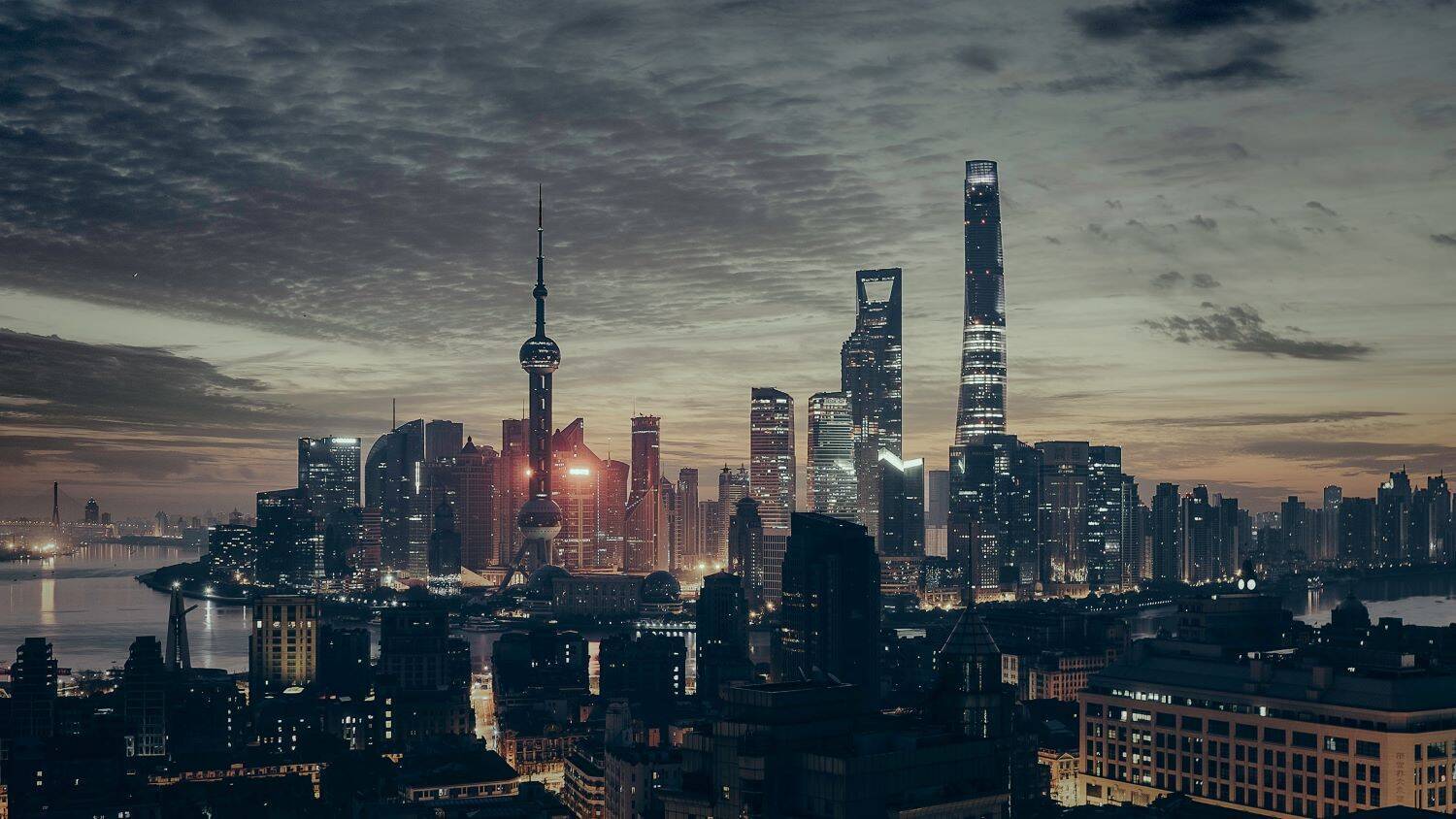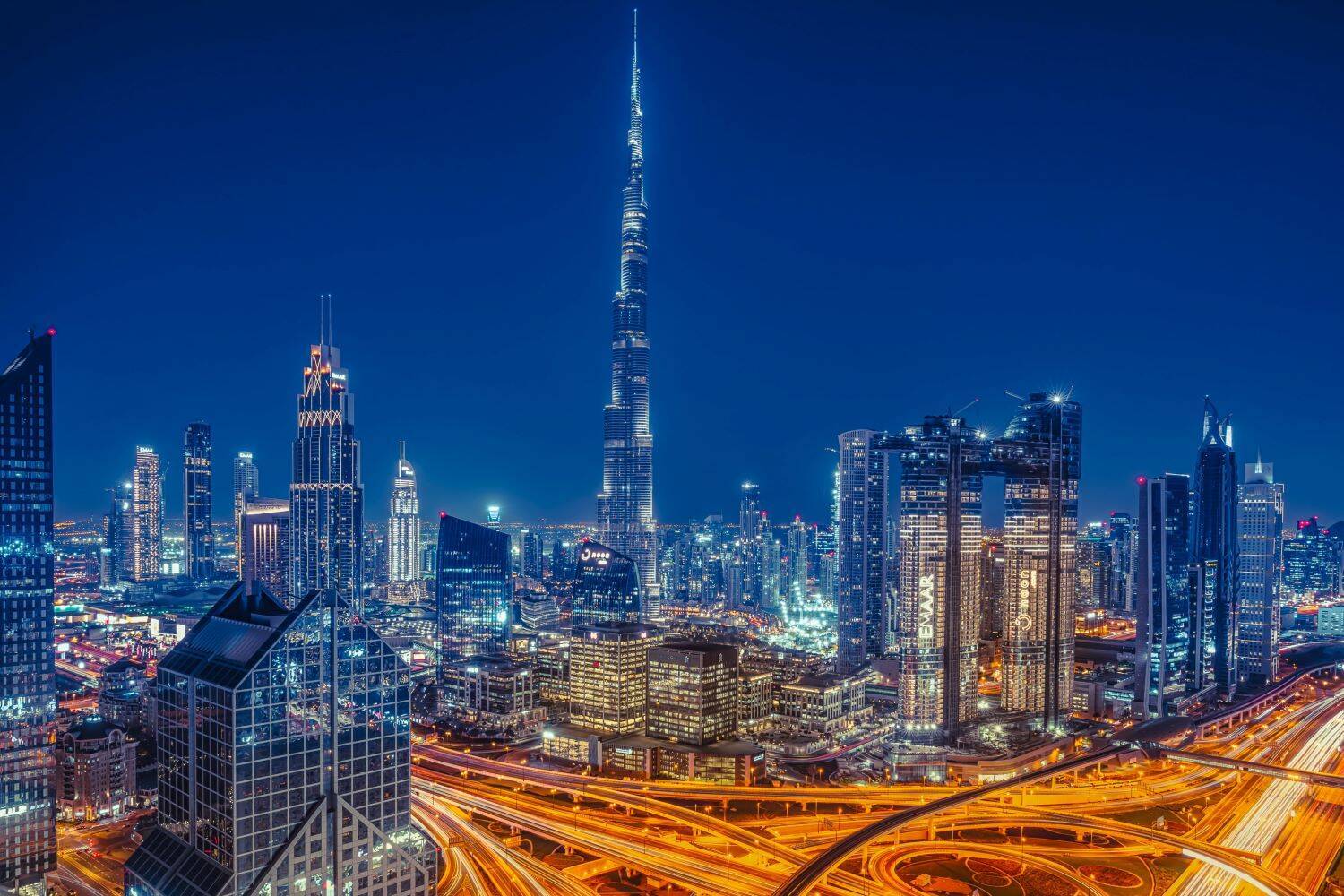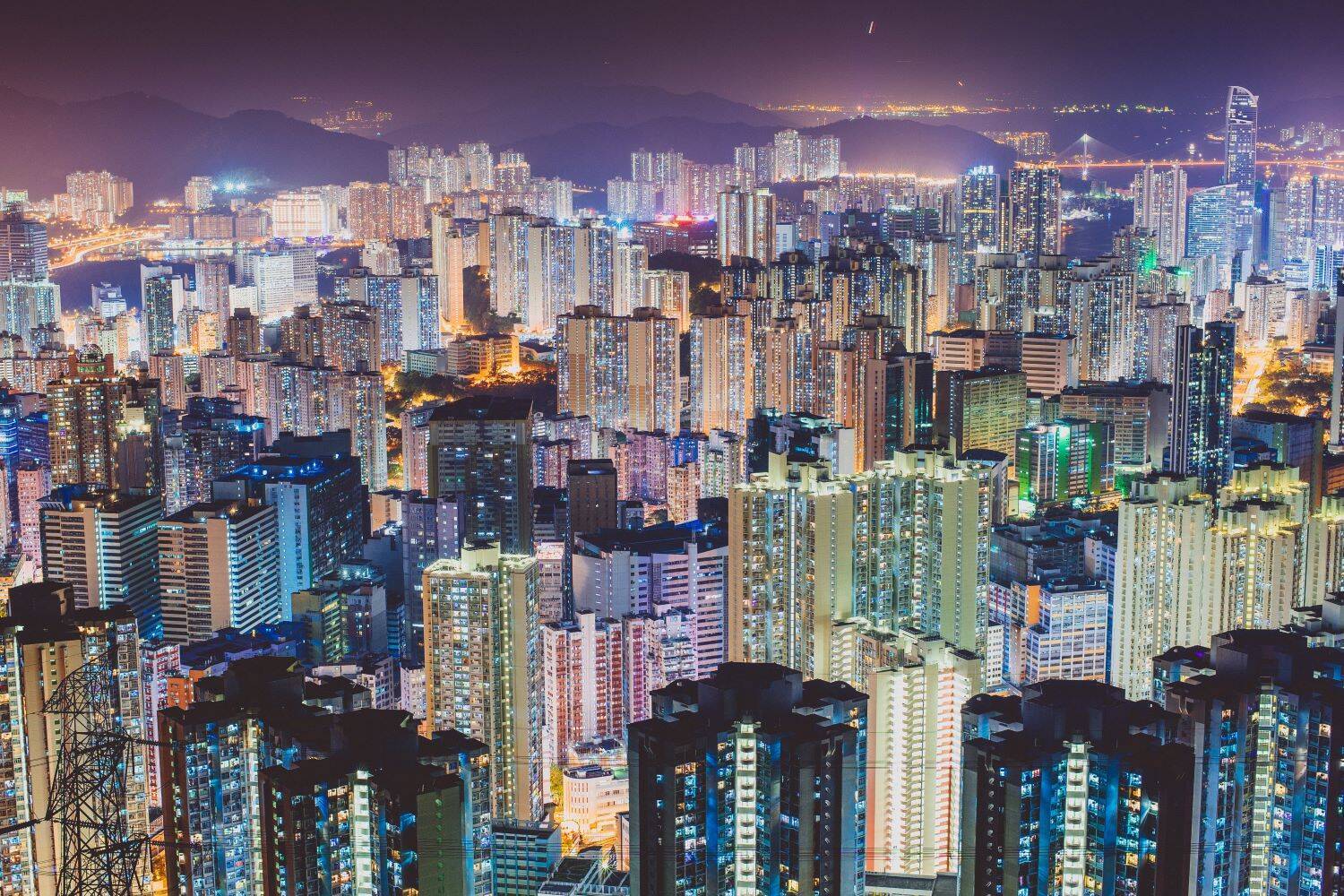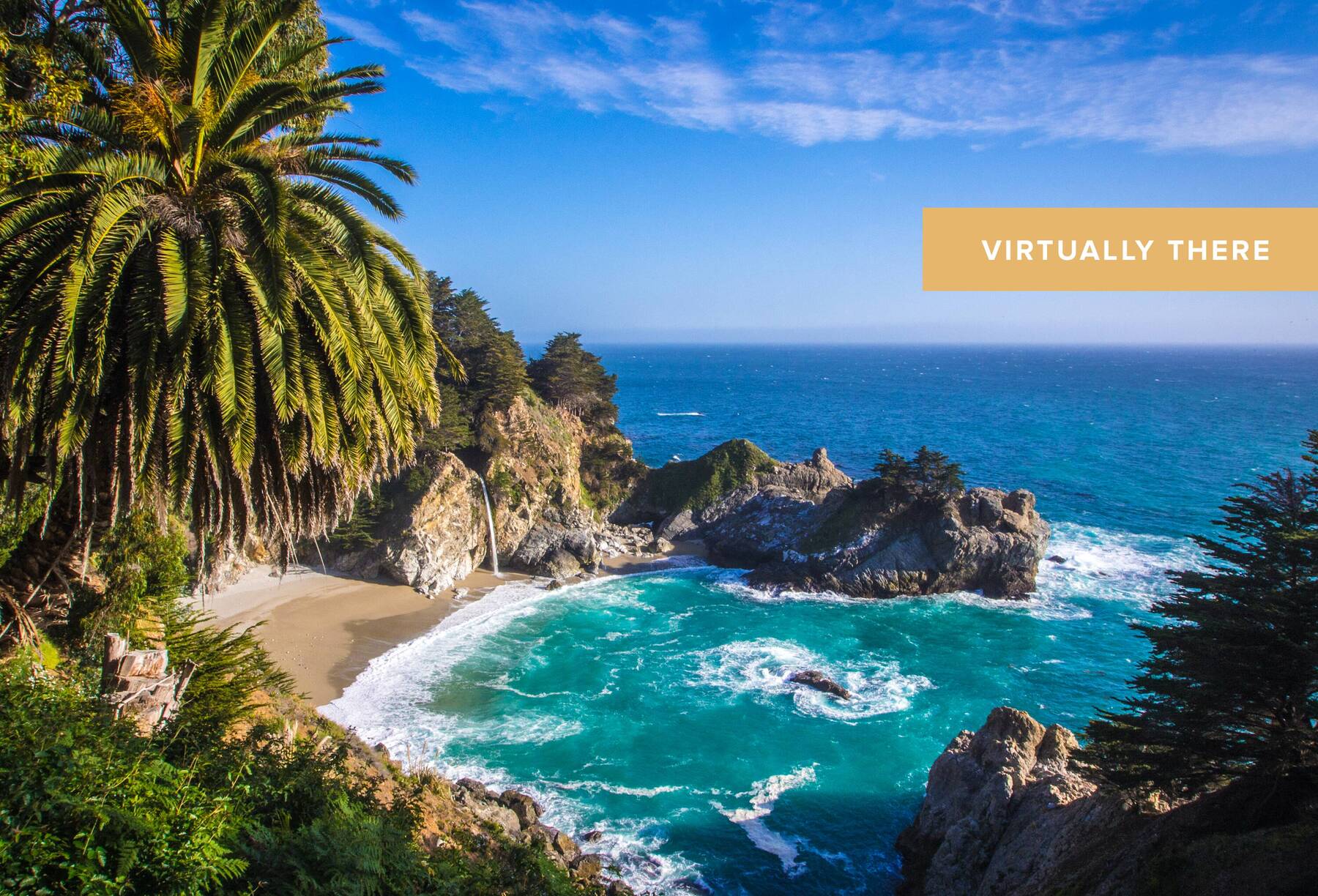Tokyo, Japan
One of the original megacities…. and the best? Perhaps. But below that expansive, jaw-dropping neon skyline lies a vast highly explorable (gigantic) city that’s full of contrast. It’s home to the world’s largest collection of Michelin-starred restaurants, as well as countless boisterous lantern-lit Yakitori stands and DIY Okonomiyaki bars; vast brightly lit arcades mingling with incense-soaked temples; super fast and efficient bullet trains speeding away from maddeningly busy inner-city streets that are so eye-poppingly colourful that one feels as though they’ve been transported from some dismal grey monotonous version of the real world into the fantastical streets of a hyper-futuristic anime.
From the crowds at iconic Shibuya Crossing and the tech-filled malls of Akihabara to the skyscrapers of Roppongi and the colourful avant-garde fashions of Harajuku, Tokyo is cosmic.








Comments